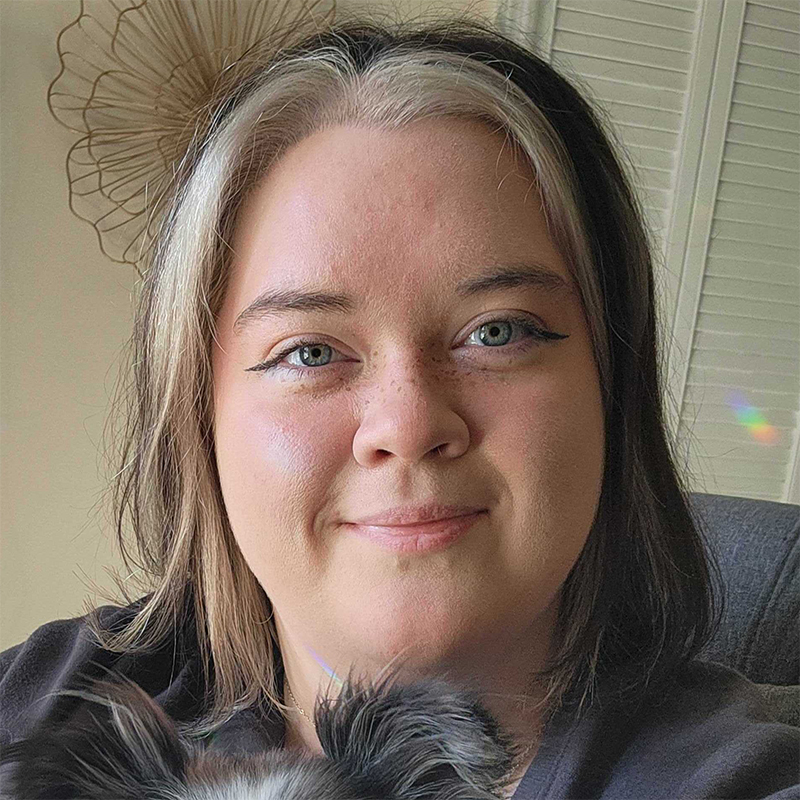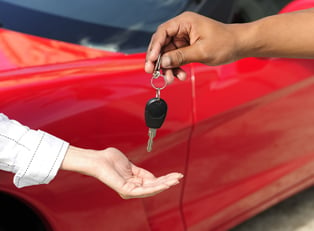When you purchase a new car, you may be offered auto gap insurance. When the dealer explains what it is, it probably sounds like a smart buy. After all, you don’t want to be responsible for the balance of your loan if it’s totaled because your vehicle depreciated in price the moment you drove it off the lot. Well, before you purchase it, here are five myths about gap insurance that you need to know.
Myth #1: You can only buy gap insurance from a dealership.
The first place you may have heard about gap coverage was the dealership, but that doesn’t mean you have to purchase it there. In fact, it is sometimes better to get gap insurance from your current auto insurance company. When you bundle it with your existing car loan, you may end up paying interest on your gap coverage. Besides the dealership and your auto insurance company, you may also have the ability to purchase auto gap insurance through a credit union.
Myth #2: Your current insurance covers you if your vehicle is totaled.
Did you know that as soon as you drive it off the lot, your new vehicle has already decreased in value as much as 16%? After the first year alone, it can depreciate up to 25%, which means if your car is totaled a year after you purchased it, your auto policy only covers the current value of the vehicle. So if you bought your car for $20,000, a year later, it might only be worth $16,000. That means you’ll still have to pay the difference left on the loan if your car is totaled. Auto gap coverage pays for this cost, so you have no out-of-pocket payments.
Myth #3: Gap insurance never expires.
When you get a gap coverage policy, it’s likely that the insurance will only last a certain number of years. For example, if you purchase your gap insurance through Esurance, your policy will only be active for two years. After the two-year mark, you’ll be responsible for the amount left on your loan if it becomes totaled.
Myth #4: Gap insurance is the same with any company.
It’s important to read each policy for every company you consider. No two gap plans are alike. For example, Esurance will pay up to 25% of your current vehicle for the first year, but Ameriprise Financial covers 25% for the first year or 15,000 miles—whichever comes first. If you’re an avid driver, you may consider going with a company that doesn’t use mileage as a term limit.
Myth #5: Gap insurance covers the cost of a new vehicle.
If you know you’re going to need another car if yours is totaled, read your policy to determine if you’ll receive another when yours is totaled. Some companies provide rentals and replacements whereas others only cover the cost of the MSRP when you originally bought it. Companies like Allstate and Ameriprise Financial include the cost of a new vehicle that is of the same make and model of the one that was totaled.



